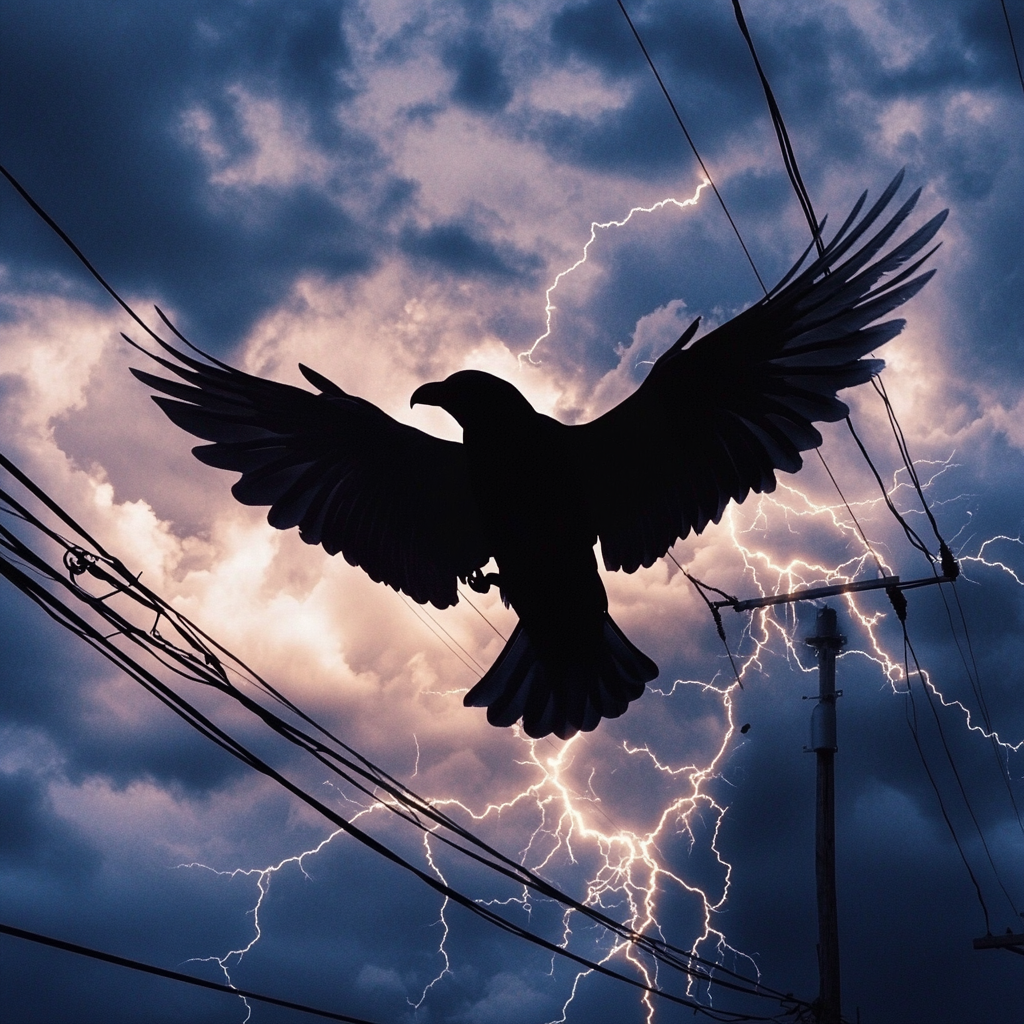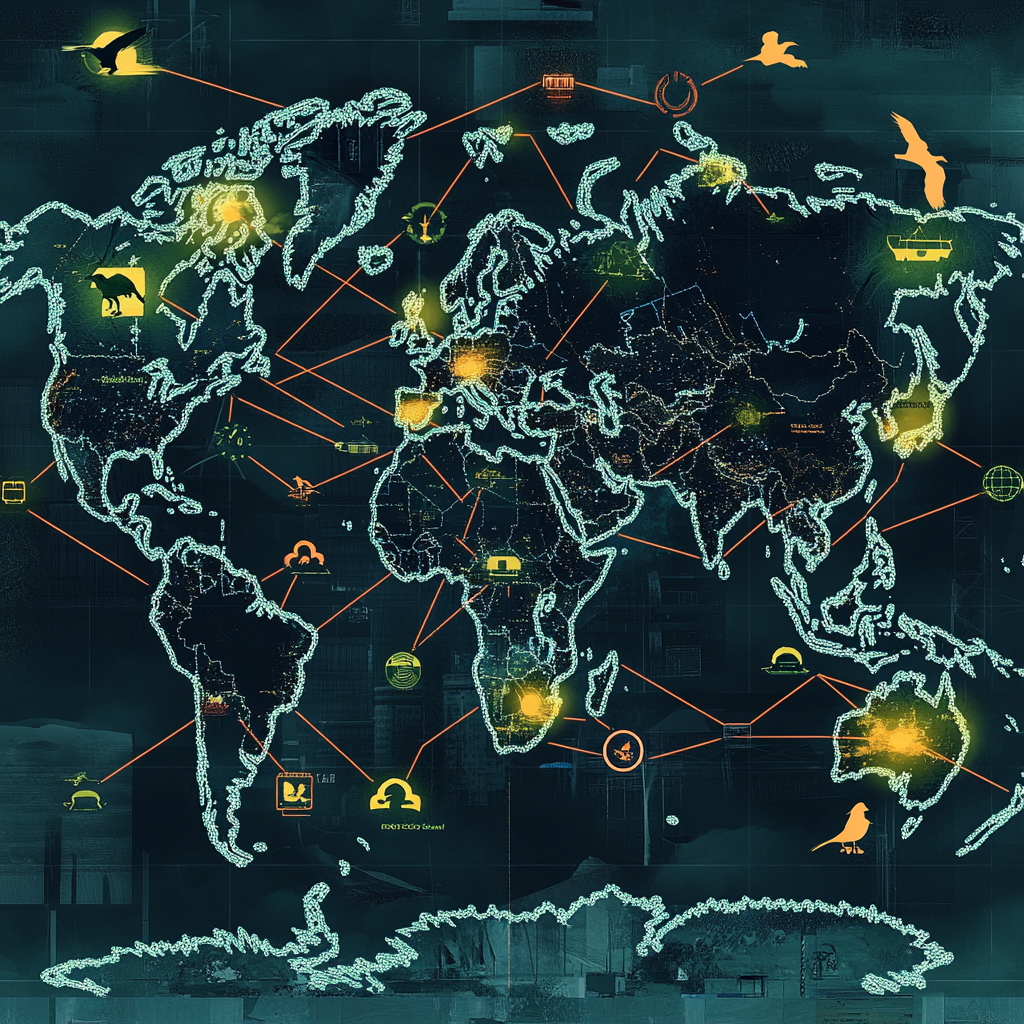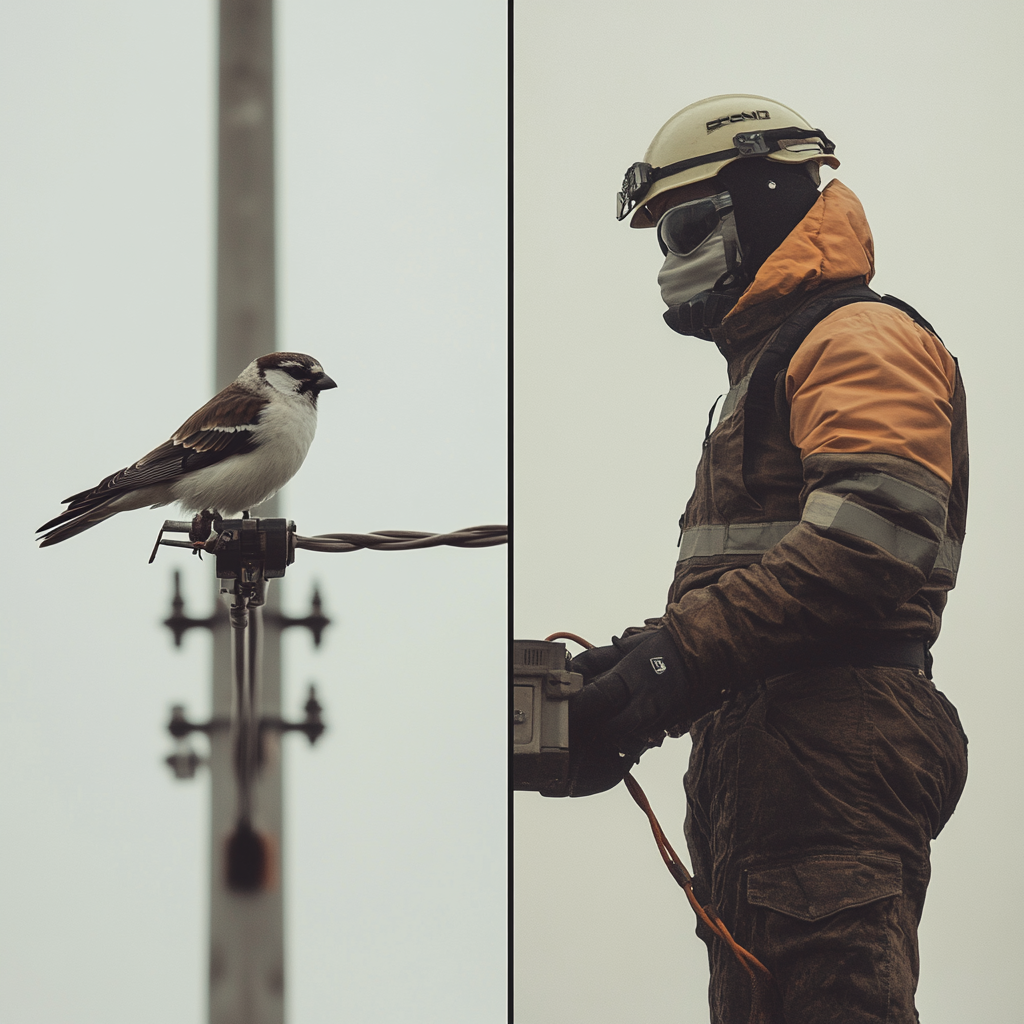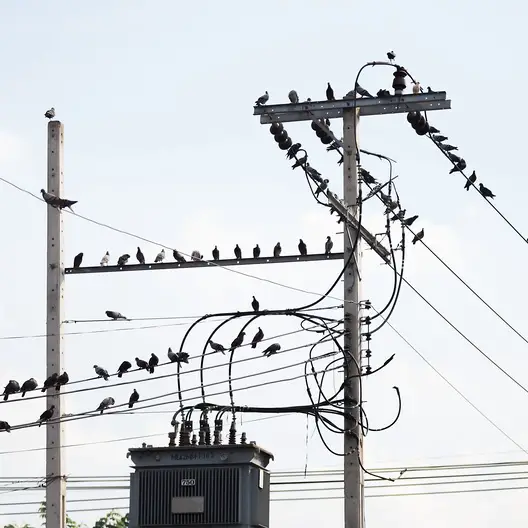Have you ever gazed up at power lines and marveled at the seemingly death-defying birds perched upon them? It’s a sight that has puzzled many, sparking curiosity about how these feathered daredevils manage to survive their high-voltage roosts. The truth behind this electrifying mystery is not only fascinating but also reveals the intricate dance between nature and human technology. Let’s unravel the science behind why birds don’t get electrocuted on power lines and explore the shocking facts that will make your hair stand on end!
The Power of Potential: Why Birds Stay Safe
At the heart of this enigma lies the concept of electrical potential. When a bird perches on a power line, it’s unknowingly taking advantage of a fundamental principle of electricity. According to experts at MIT’s School of Engineering, birds remain unharmed because they’re not completing an electrical circuit. The key is that both of the bird’s feet are touching the same wire, which means they’re at the same electrical potential.
Electricity, in its essence, is the flow of electrons. These subatomic particles are constantly seeking a path to move from areas of high potential to low potential. When a bird sits on a single wire, there’s no difference in potential between its feet, so the electrons have no reason to use the bird’s body as a conduit. It’s like being in the eye of an electrical storm – calm amidst the chaos.
The Deadly Dance: When Birds Become Conductors

While birds are generally safe on power lines, there are scenarios where their perch can turn perilous. The danger arises when a bird creates a path for electricity to flow through its body. This can happen in several ways, as outlined by Bird Electrocution Prevention:
1. Touching two conductors simultaneously: If a bird’s wingspan is wide enough to touch two wires at once, it creates a circuit, allowing electricity to flow through its body.
2. Contacting a conductor and a grounded component: Birds that touch both a live wire and a grounded part of the tower risk electrocution.
3. Rare but possible: In some cases, bird droppings or specific weather conditions can create an electric arc, posing a threat.
Landscape of Danger: Where Birds Face the Highest Risks
Not all power lines are created equal when it comes to bird safety. Certain landscapes and environments present higher risks for our feathered friends. Open and flat areas, for instance, often lack natural perches, making power lines an attractive resting spot. Additionally, areas near landfills or with high concentrations of prey can draw raptors to power lines, increasing their exposure to potential electrocution.
The design of power lines plays a crucial role in bird safety. Experts recommend a minimum safe distance of 100-150 cm between energized conductors and grounded elements. Suspended insulators are considered much safer than pin or deadend/strain insulators. These design considerations are especially important for larger birds like storks, raptors, and owls, which are more susceptible to electrocution due to their size.
Shocking Statistics: The Global Impact on Birds

The impact of power line electrocutions on bird populations is a global concern, but our understanding of the problem varies significantly across regions. A comprehensive study published in Science Direct reveals some startling insights:
– Over 80% of bird electrocution studies come from developed countries, primarily in Europe and North America.
– Europe shows the highest overall bird electrocution rates.
– South America leads in raptor species electrocutions.
– Africa tops the list for eagle electrocutions.
– Oceania, South America, and Africa have alarmingly few systematic studies on bird electrocutions.
Power Companies to the Rescue: Innovative Solutions
As awareness of bird electrocutions grows, power companies are taking steps to protect our avian friends. Edison International highlights some of the innovative approaches being implemented:
1. Insulator caps and conductor covers: These protective elements prevent birds from directly contacting energized parts.
2. Perch deterrents: While not as effective as safe designs, these can discourage birds from landing on dangerous areas.
3. Nesting platforms: Some companies are building safe nesting areas away from electrical dangers.
4. Underground distribution lines: The ultimate solution, offering 100% safety for wildlife, though not always feasible.
The Human Element: Lessons from Our Feathered Friends

While birds can safely perch on power lines, humans aren’t so lucky. Power line workers face significant risks when maintaining these electrical arteries. According to MIT’s School of Engineering, being a power linesman is one of the ten most dangerous jobs in America. These brave workers rely on specialized insulating materials in their clothing and equipment to stay safe.
Some of the techniques used by power line workers are truly awe-inspiring. For instance, they may work while suspended from a helicopter, ensuring they’re not grounded and can safely touch one wire at a time. It’s a stark reminder that while birds might make it look easy, dealing with high-voltage electricity is anything but for humans.

